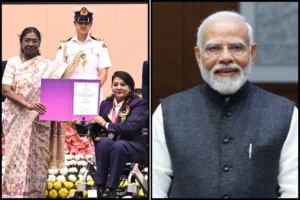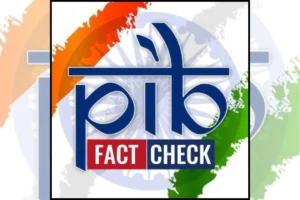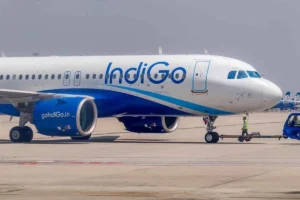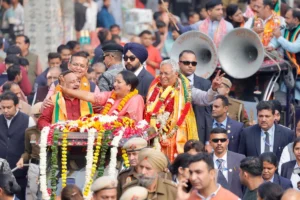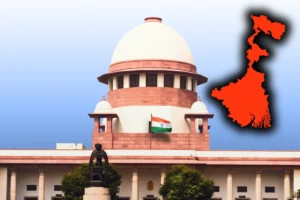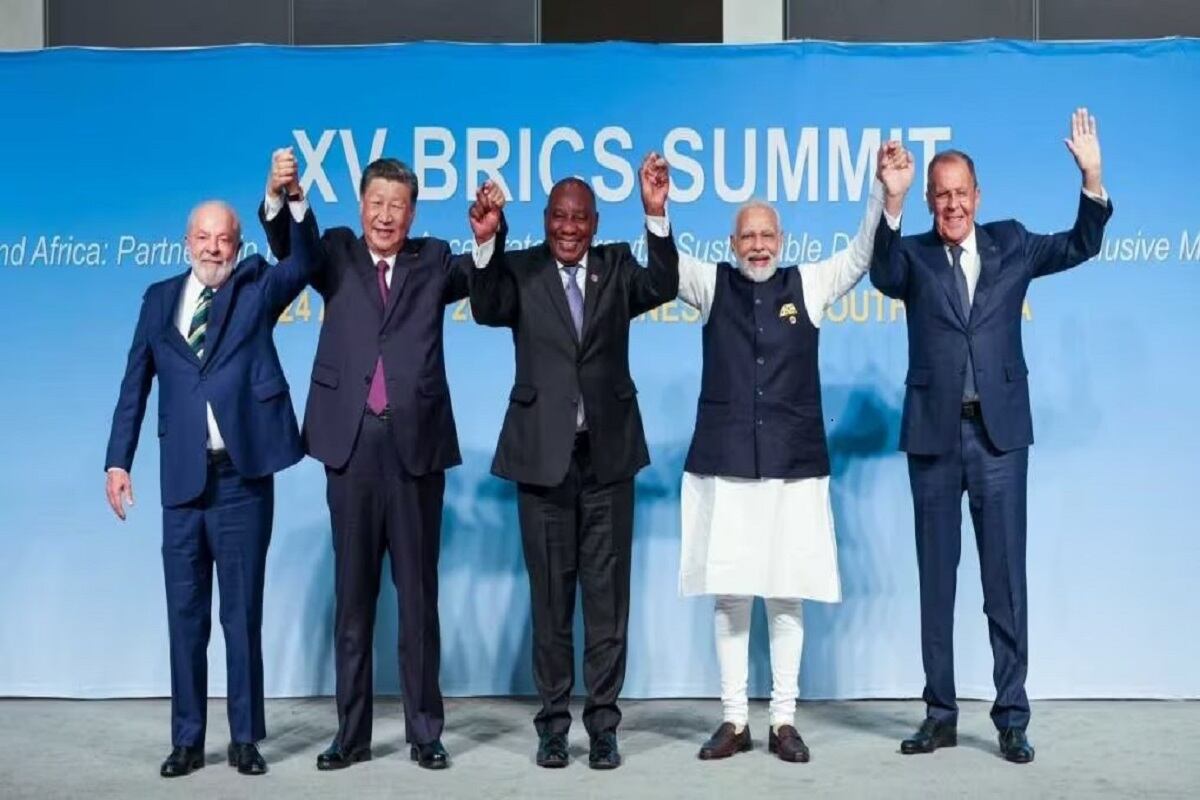
BRICS Summit
A nation thrives under visionary leadership. When a leader possesses an expansive vision for the future, they rise to a stature that earns universal respect, even among adversaries. This rings true for the Prime Minister of India, Narendra Modi. Recognized not only as a pan-Indian leader but also as a global influencer, his presence at the BRICS conference in South Africa from 21 to 24 August is a testament. While leaders of all five founding nations attended, it was Prime Minister Modi’s forward-looking proposition to expand the BRICS family that distinguished him, particularly in comparison to China.
By advocating for new members, he not only sent a diplomatic message to the world but also established his mark of effective global leadership. In essence, PM Modi countered China’s attempts to dominate the BRICS, highlighting India’s significant influence in the process. His dialogue with Xi Jinping further underscores India’s accomplishments.
This was the moment when Prime Minister Modi made a personal appearance at the 15th BRICS summit in Johannesburg after 2019, and fortune favored India. The success of Chandrayaan-3 bolstered Prime Minister Modi’s standing. With success under his belt, his words carried more weight. The world witnessed India’s prowess in space exploration. At the BRICS conference, India shone as a space superpower, and Prime Minister Narendra Modi emerged as a universally acclaimed leader.
When Xi Jinping and Narendra Modi convened on the concluding day of the BRICS summit, it evoked memories of their informal meeting in Bali, Indonesia. While speculations rife about whether the initiative for this meeting came from China or India, its significance in furthering peace along the border cannot be undermined. This meeting has bridged a prolonged silence, emphasizing that dialogue is the key to resolving ongoing border disputes. The very fact that both parties agreed to ease tensions is commendable.
India has consistently remained vigilant about China’s potential dominance within BRICS. China aims not only to bolster its influence under the guise of expanding BRICS but also to utilize the platform in challenging NATO, with particular emphasis on the United States. They’ve endeavored to position BRICS as a counter to the G-7. Yet, Indian Prime Minister Narendra Modi proactively countered China’s maneuvers by advocating for the inclusion of nations like Argentina, Egypt, Ethiopia, Iran, Saudi Arabia, and the United Arab Emirates. From India’s perspective, this strategic move marks a significant accomplishment in the BRICS summit.
India has always advocated for well- defined elections and criteria for BRICS expansion. When PM Modi shifted his stance, he secured Russia’s backing. Even though the outcome aligned with China’s desires, it was orchestrated under the direction of Indian Prime Minister Narendra Modi. BRICS members comprise India, Russia, China, Brazil, and South Africa. Both India and China, significant players in Asia, lead globally in terms of land and population. Despite their historical border disputes and complex relationship dynamics, their annual trade stands at $130 billion, tilted in China’s favor. Hence, even amidst potential conflict triggers, outright warfare has been averted. While incidents like Doklam or Galwan have stirred tensions, the situation remains under control.
On the global front, the United States and China stand as two superpowers, with India and Russia pivotal in maintaining a power equilibrium. While Russia’s GDP surpassed India’s in the 1990s, the tables have turned, with India’s GDP now exceeding Russia’s. During the Russia-Ukraine conflict, the power balance persisted: India adopted a neutral stance amidst NATO’s assertiveness, whereas China sided with Russia.
India’s geopolitical significance is evident in its affiliations. While India’s association with the Quad signals its alignment with the United States, its non-committal stance during the Russia-Ukraine war when the U.S. opposed Russia underscores India’s autonomous foreign policy.
Furthermore, India has ensured that China doesn’t manipulate BRICS against the U.S. This position not only underscores India’s independent foreign policy but also elevates its global reputation.
Both America and NATO seem to appreciate India’s balanced approach. China, too, has moderated its stance, aligning more with India’s perspective during the BRICS expansion. Such diplomatic manoeuvres at the BRICS summit enhance Indian Prime Minister Narendra Modi’s stature as a global leader.
India’s diplomatic strategies have solidified its global credibility. Russia too has recognized the effectiveness of PM Modi’s diplomacy, while China seems to have struggled to keep pace. China’s standing has waned not just among Western nations, but also in Central Asian countries. Increasingly, China is perceived as a predatory lender. Its profit-driven lending approach has sowed doubts among global nations, which in turn affects its business. As per a BBC report, China witnessed a 14.5 per cent drop in exports this July compared to the same month last year, with imports also declining by 12.4 per cent.
Over the past 9 years, China’s economy has registered a growth of 84 per cent, slightly ahead of India’s 83 per cent. However, economists predict a brighter growth trajectory for India, while foreseeing a continued slump for China. Furthermore, China grapples with unprecedented youth unemployment. In contrast, the Indian economy displays vibrancy and robust growth, as evidenced by its foreign trade surpassing $800 billion in just half a year.
The meeting between the Chinese President and the Indian Prime Minister at the BRICS summit in South Africa can largely be attributed to India’s ascending economic and diplomatic clout juxtaposed against China’s diminishing influence. Given India’s bolstered credibility and the rising potency of the Quad nations, it may be detrimental for China to persist with its adversarial stance towards India. This underlying dynamic is the true catalyst for the Xi-Modi dialogue. As China grapples with its perception of global isolation, it aims to prevent escalating tensions with India. Embracing a balanced diplomacy, China is now keen on fostering a stronger bond with India.
South Africa holds strategic significance for both China and India, especially given China’s substantial influence in the region. Over the past 20 years, China has been the predominant investor in Africa, injecting $134 billion into the continent in the last decade alone. This sum translates to approximately Rs 11 lakh crore. However, when some nations struggled to repay their loans, China began to exert undue influence over them. Given this backdrop, it presents an opportune moment for India to foster stronger ties with countries impacted by China’s policies.
Meanwhile, Indian enterprises are making inroads into South Africa. Annually, India is gearing up to invest around $170 billion, or roughly Rs 14 lakh crore, in Africa. By doing so, India might offer relief to those African nations burdened by Chinese debt.
The grain crisis stemming from the Russia-Ukraine conflict has reverberated across African nations. India, with its resources, stands poised to assist by supplying essential grains during this time.
In terms of investment, India trails only China on the African continent. Over the past decade, India has extended loans amounting to more than Rs 2.65 lakh crore to 42 African nations. Furthermore, India’s trade with the continent is valued at about Rs 8.30 lakh crore. In a bid to deepen ties, India has established 25 new embassies across African nations in the last nine years. Through a blend of diplomacy, commerce, and assistance, India is well-positioned to establish a footprint in Africa, potentially replacing China’s dominant stance.
The global dynamic is shifting, and India’s evolving role is taking center stage. As a burgeoning economic powerhouse, India is drawing intense competition among global investors. In contrast, China’s economic momentum is waning, and its rapport with Western nations has seen better days. This scenario presents India with a golden chance to woo investors who, until now, had a preference for China. India’s proactive stance was evident during the BRICS summit in South Africa. The country is setting its sights on markets traditionally dominated by China. Consequently, this shift in global equilibrium could unveil unprecedented opportunities for India.









